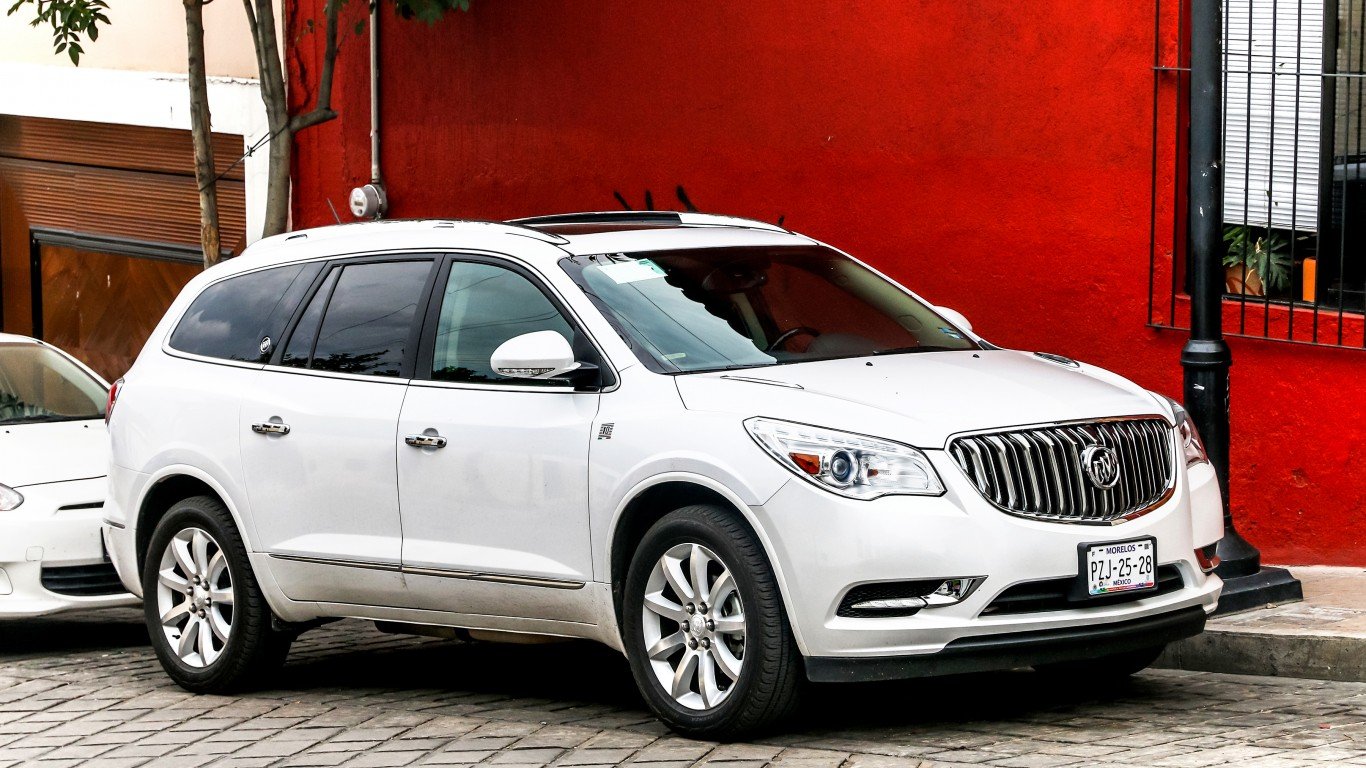

Lyft has just made an S-1 filing with the U.S. Securities and Exchange Commission. This is the document that signals its formal intent to conduct and initial public offering (IPO). The offering only shows an equity sale of up to $100 million in class A common shares, but that number can (and likely will) change as the IPO date gets closer. The company will trade under the LYFT ticker on Nasdaq Global Select Market.
Lyft has a massive IPO underwriting syndicate. JPMorgan, Credit Suisse, Jefferies, UBS, Stifel, RBC and KeyBanc are all prominently listed. Another 13 underwriters were also named on the document.
The company has listed several key figures in its filing. Bookings were $8.1 billion in 2018, and that generated $2.2 billion in company revenues for the year. That revenue growth compares with $1.1 billion in 2017 and just $343.3 million in 2016. Bookings were $4.6 billion in 2017 and $1.9 billion in 2016.
The growth metrics are quite impressive, as long as you ignore the profitability metrics, as Lyft is still losing its shirt when it comes to profits versus losses. The IPO filing showed that its results from operations (not even the net losses) were $977.7 million in 2018, $708.2 million in 2017 and $692.6 million in 2016. That’s an operating loss buildup of almost $2.4 billion in just the past three years combined.
Lyft now claims to have more than a billion in cumulative rides over time from more than 300 markets it operates in the United States and Canada. It also claims to have some 18.6 million active riders and over 1.1 million drivers as of the end of 2018. Its network of active riders also increased 47% in the fourth quarter of 2018, compared to the same period in 2017.
Note that both Lyft and larger rival Uber were listed as the top 15 IPOs to watch for in 2019.
Lyft launched its peer-to-peer marketplace for on-demand ridesharing in 2012. The company showed in its IPO filing that consumers spend over $1.2 trillion annually on personal transportation, or more than $9,500 on average, and the substantial majority is spent on car ownership and operation. Lyft showed that the average car is utilized only 5% of the time.
The “Risk Factors” of any IPO is a long list of issues, but some of the key ones mentioned up front are that Lyft’s limited operating history and evolving business make it difficult to evaluate future prospects, and there are no real earnings here, with a history of net losses, and it may not be able to achieve or maintain profitability in the future.
Lyft also has a dual-class structure of common stock, which effectively concentrates its voting power with co-founders Logan Green and John Zimmer. New shareholders buying into the IPO will have a limited ability to influence corporate matters. This includes electing directors, amending organizational documents and any merger, consolidation, sale of all or substantially all of the company’s assets or other major corporate transactions.
Lyft also named its shareholder entities that currently own more than 5% of the outstanding shares from venture backing: Rakuten Europe (13.05%), General Motors (7.76%), Fidelity (7.71%), Andreessen Horowitz (6.25%) and Alphabet (5.33%).
There are many issues to consider here, but the Lyft IPO is now formally afoot. It also looks as though Lyft will beat its rival Uber in the IPO timeline.
Take This Retirement Quiz To Get Matched With A Financial Advisor (Sponsored)
Take the quiz below to get matched with a financial advisor today.
Each advisor has been vetted by SmartAsset and is held to a fiduciary standard to act in your best interests.
Here’s how it works:
1. Answer SmartAsset advisor match quiz
2. Review your pre-screened matches at your leisure. Check out the
advisors’ profiles.
3. Speak with advisors at no cost to you. Have an introductory call on the phone or introduction in person and choose whom to work with in the future
Take the retirement quiz right here.
Thank you for reading! Have some feedback for us?
Contact the 24/7 Wall St. editorial team.
 24/7 Wall St.
24/7 Wall St.


